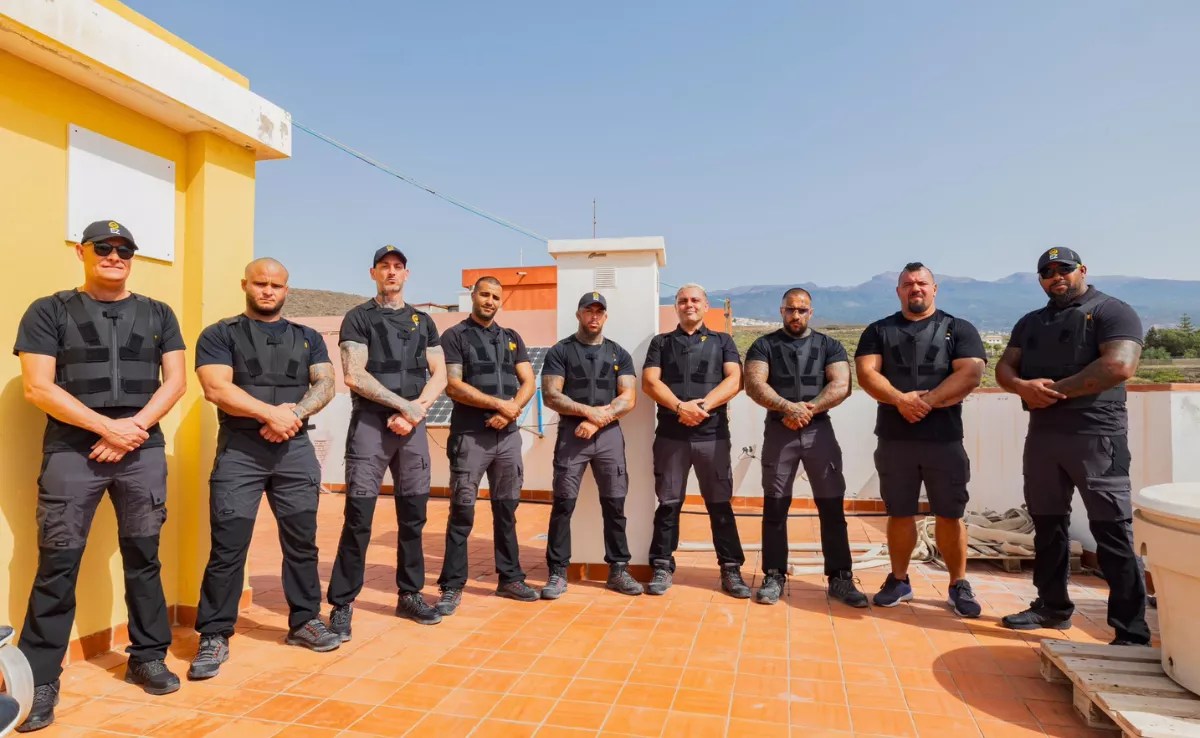SANTA CRUZ DE TENERIFE, 24 May. (EUROPE PRESS) –
The president of the Canary Islands, Ángel Víctor Torres, has asked the European Union (EU) for a “greater effort” through its funds for natural disasters for the island of La Palma, since the damage from the volcano is “much higher” (up to 1,200 million euros) to the 24.5 million that are contemplated as a ceiling in the existing item.
This was stated at a press conference after holding a working meeting with MEPs and MEPs who are members of the Regional Development Commission of the European Parliament at the Parador Nacional de La Palma.
Ángel Víctor Torres wanted to recall that the Commissioner for Cohesion and Reforms, Elisa Ferreira, 48 hours after the eruption of the volcano offered the possibility of taking advantage of that fund for catastrophes, “although it is true that at that time nobody knew the final material damage. It is more, it was presumed that they would be much less than the calculated 1,200 million”.
The president welcomed the fact that there had been no direct victims of the volcano, “which shows the importance of science and the responsibility of the palm society”, although he believes that those 24.5 million euros provided for at the time of EU funds for natural disasters and for the island of La Palma are “clearly insufficient”.
Torres stressed that this amount “is always appreciated and welcome”, but considers it evident that it is very low compared to the material damage already calculated “by the most damaging volcano in the history of the EU”. For this reason, and as he has done before the Government of Spain, the European Commission or in the Conferences of Presidents of the ORs, he asked that the third phase of the eruption be responded “with height”, after the initial one, the emergency housing using hotels, and the secondary one, the current one, consisting of temporary solutions through wooden houses or flats, “which we will continue to deliver in the coming months,” he added.
President Torres stressed that the most important phase now remains: “That of redefining the recovery of La Palma with environmental, future and 21st century criteria that mean that, far from wanting to leave the island, people choose to come and live in it. In this, Europe has a fundamental role”, he underlined.
Torres considered that, as the EU has done by advancing funds for clean energy after the pandemic, “it is Europe, and not La Palma, that now has the opportunity to translate this into a model transformation of the Island with new towns that are modern , sustainable and exemplary within the new Europe that we all want to create”.
In his opinion, the public support that La Palma needs for this is much lower than what is comparatively being invested in this green transformation and, for this reason, he stressed that the Island “deserves” this commitment to “clean energies, to the comprehensive water cycle, for decent housing, accessible roads, public recreation areas and new schools”.
Torres recalled that the Government of Spain, the Canarian Executive, the Cabildo, the three affected municipalities and the Insurance Consortium, among other entities, plus civil society have already derived some 500 million euros from this natural catastrophe. “For this reason, I believe that the EU should make an effort to promote the reconstruction that La Palma needs, so that it is on the front page of newspapers not because it has suffered a volcano, but because it has become a model island for its urban reconstruction,” he said.
VISIT PROMOTED BY CRISTINA MAESTRE
The meeting was attended by the German MEP and Social Democrat Constanze Krehl, president of the delegation that has been on the Isla Bonita, as well as the MEPs Franc Bogovic (PPE), Alessandro Panza (ID) and Tsvetelina Penkova (S&D), along with the Spanish Marcos Ros (S&D) and Cristina Maestre, who has promoted this visit. In addition, the president of the Cabildo de La Palma, Mariano Hernández Zapata, and the Government delegate in the Canary Islands, Anselmo Pestana, attended, along with mayors of the municipalities affected by the eruption.
The delegation of MEPs verified the damage caused by the volcano in the Aridane Valley accompanied by the volcanologist Stavros Meletlidis, from the National Geographic Institute. The visit began in the Plaza de Tajuya, where there is a complete view of the cone of the volcano and the surface of the lava flows. It then continued towards the intersection of the La Laguna neighborhood, where the lava stopped moving north.
Constanze Krehl stated at the subsequent press conference that they were very pleased to visit the Island to check the effects of the eruption and the areas affected by the lava, which still leaves areas with temperatures above 100 degrees Celsius.
The MEP is aware that what happened does not only require public funds, but also covers many facets, such as the loss of roads or agricultural land. She recalled that the Commission has lawyers to defend all interests. For this reason, she highlighted this afternoon’s meeting and was convinced that everyone is united in solidarity with the Island.

















